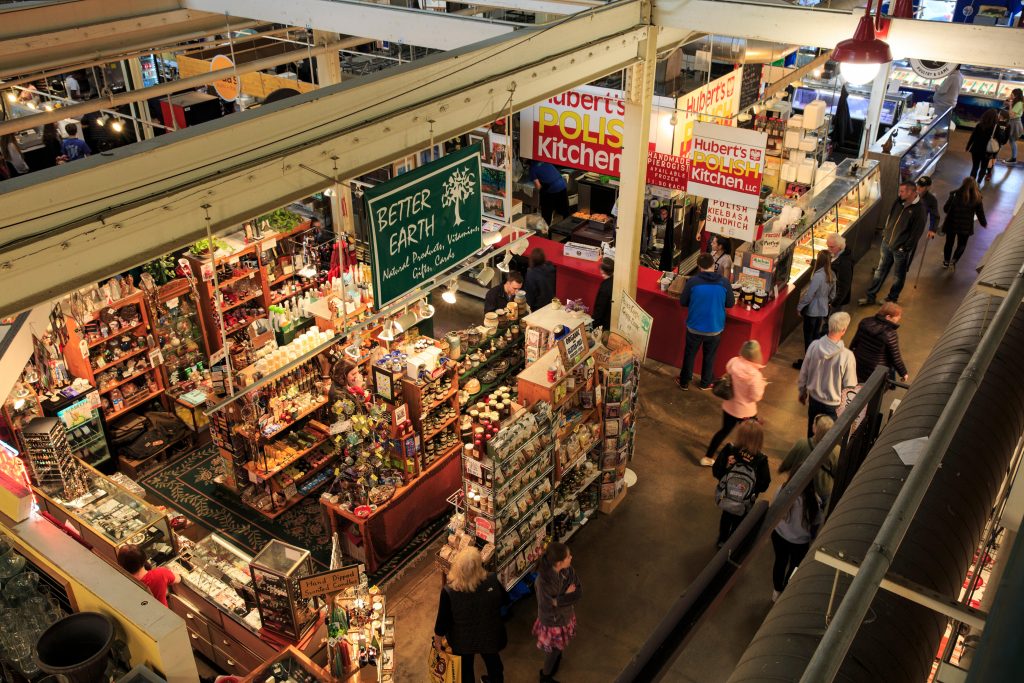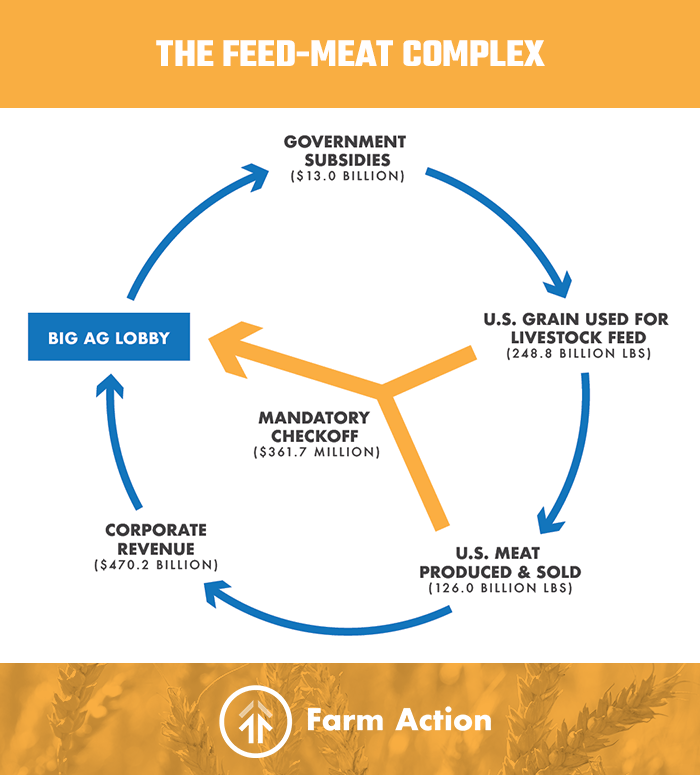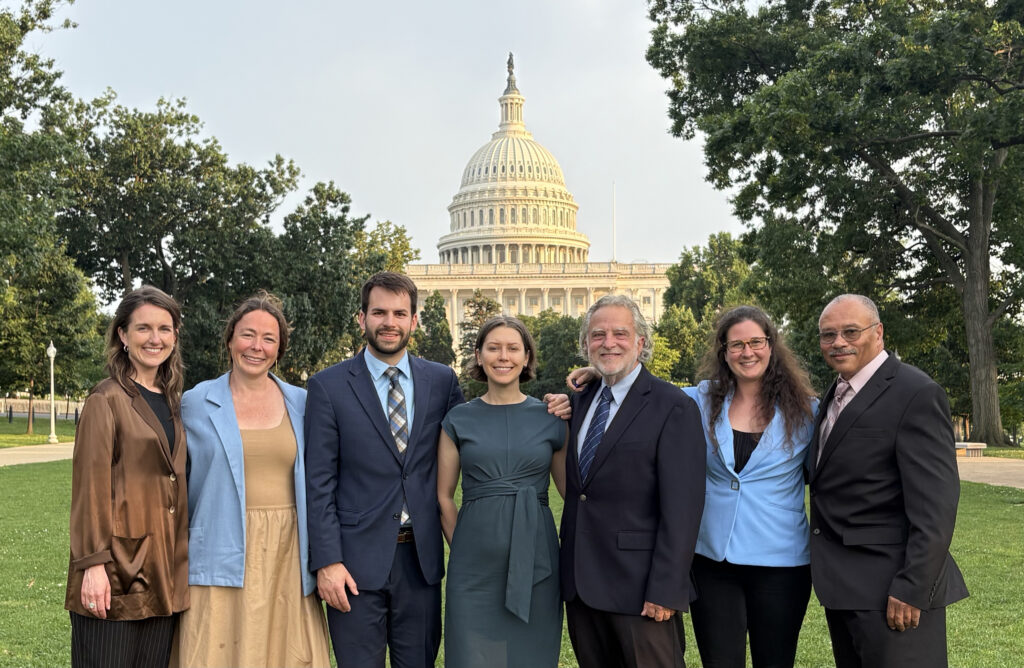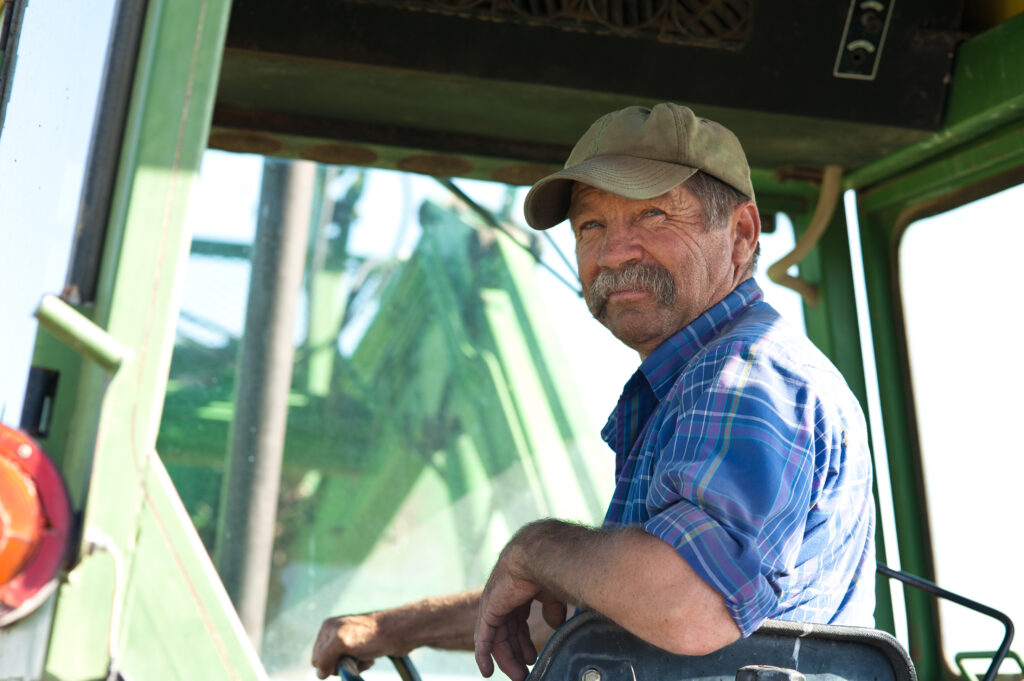We're dispelling the myths of industrial agriculture.
Welcome to our Big Ag Mythbusters blog series! We are here to debunk the tall tales that multinational agrifood corporations use to defend their business model and defeat any meaningful reforms. We’re publishing this series alongside our groundbreaking report titled “The Truth About Industrial Agriculture: A Fragile System Propped up by Myths and Hidden Costs.”
MYTH
There are no alternatives to the industrial food system.
The Truth
It’s no secret that our food and agriculture system is controlled by a handful of monopoly corporations and operates at the expense of those with less power. The primary objective of these corporations is not to produce good food, but rather to amass political influence and excessive wealth off the backs of farm workers, ranchers, farmers, consumers, and the rural communities that host their industrial operations.
You have to ask yourself: as people of a nation that prides itself on resilience and ingenuity, are we really going to resign ourselves to a system that destroys our health, environment, and the economic viability of our rural communities, while ripping off both farmers and consumers? Are we really going to say we can’t do better than that?
Are we really going to resign ourselves to an abusive system that only serves corporate interests?
The truth is, though these corporations strive to control every aspect of what we eat, how it’s grown, and who grows it, their reach isn’t limitless, and their way is not the only way. There have always been alternatives: farmers, ranchers, and businesspeople who run successful operations that return a fair profit for the farmer, respect workers, and regenerate the environment while feeding their communities.
Big Ag’s Claims Vs. Reality
Using expensive marketing campaigns and slick websites, agrifood corporations claim that we need them to feed the world and keep food affordable, and that the system they built to serve themselves is an inevitability. The sheer pervasiveness of these false messages has convinced many lawmakers and the general public that there is no viable alternative.
Over the years, industrial agriculture has successfully rigged the food system to favor their model, but the fact remains that it’s only viable because of past policy decisions and externalized costs.
The Feed-Meat Complex, in which our government spends billions of taxpayer dollars to subsidize the overproduction of grain to feed factory farmed livestock and poultry, is an example of how expensive and nonsensical the industrial model has become.
The more these corporations consolidate, the more cracks appear: for a recent example, think back to the wasted food, COVID-stricken meatpacking plants, and suspiciously empty grocery shelves of the pandemic. Or the time a hacker shut down the world’s biggest meat packing company.
These examples revealed the fragility of our supply chains, but they also provided an opportunity for alternatives to shine: when the industrial system grinds to a halt, it’s local and regional food systems that step up and keep their communities fed.
Building up Alternatives
Who are these wonderful local and regional food system actors we keep talking about?
You already know them: they are the farmers selling directly to consumers at markets, co-ops, and roadside stands. They’re the convenient food hubs distributing the wares of local producers. They are the independent processing plants serving local farmers and providing the region with local, sustainable, healthy meat. They are the community supported agriculture networks ushering the freshest produce from farm to nearby table. They’re the grocery stores recognizing that customers want to see the names of nearby farms in the produce, meat, and dairy sections.
Together, these producers and businesses are the components of a fair, competitive, and inclusive food and agriculture system — and we could gain so much by prioritizing them in our farm policies.
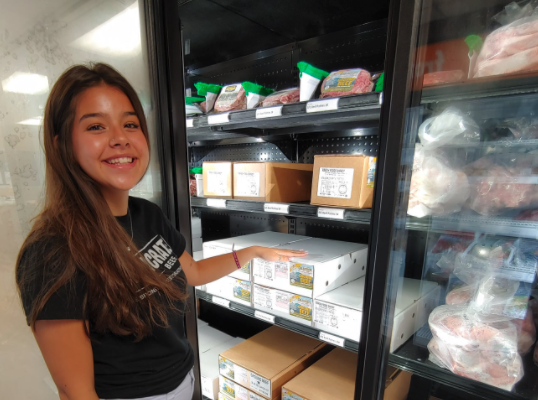
Photo credit: Ranch Foods Direct, https://ranchfoodsdirect.com/
For starters, wealth would remain and circulate within our communities rather than be shipped off, sometimes overseas, to billionaire agrifood CEOs. This ability to retain community-generated wealth would be especially beneficial for rural America, which has in recent decades been hollowed out by the oppressive corporate takeover.
There are tangible and well-documented benefits of participating in an interconnected, community-based food system. The reverse is also well-documented: 70 years of academic research into the impacts of industrial agriculture on rural economies and quality of life found that 82% of communities experience detrimental economic, civic, and environmental effects. And an alternate system would foster more cooperation and collaboration, as opposed to toxic schemes like the contract poultry tournament system, which tears communities apart by pitting one farmer against the other.
All we need to start a transition of power from consolidated corporations to independent producers are the right policies. The change will not happen overnight, but we can and will build a viable alternative system that is more transparent, competitive, and connected.
A Call to Action
People may argue that this won’t “feed the world,” but even though as much as 80% of what we eat already comes from small farms, they have never been given the same legislative, regulatory, and financial opportunities as big agribusiness — a model that’s focused on producing feed for livestock, not food for people.
Instead of trudging along with a system that operates at someone’s expense, let’s put our resilience and ingenuity to work.
Let’s advocate for something new, something bold.
All we need to start a transition of power are the right policies. Let's advocate for something bold.
Consider this a call to fight for what we all deserve: a food system that not only stimulates the economy and operates within fair markets, but also positively impacts health outcomes, the environment, and our social fabric.
Written by Dee Laninga and Anna Straus; designed by Dee Laninga; edited by Dee Laninga, Angela Huffman, Emily Miller, and Joe Maxwell; concept developed from “The Truth About Industrial Agriculture: A Fragile System Propped up by Myths and Hidden Costs” by Emily M. Miller.

